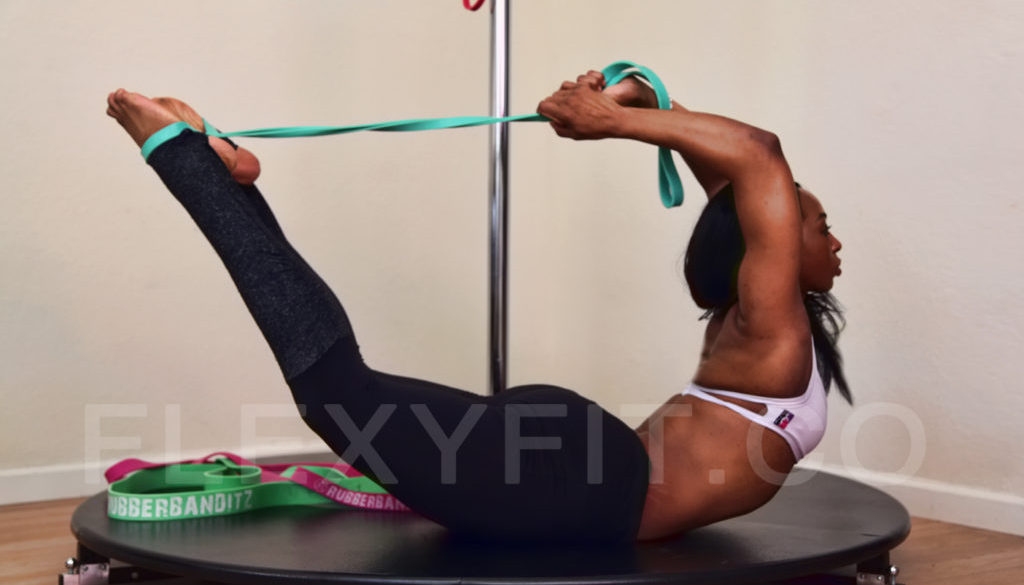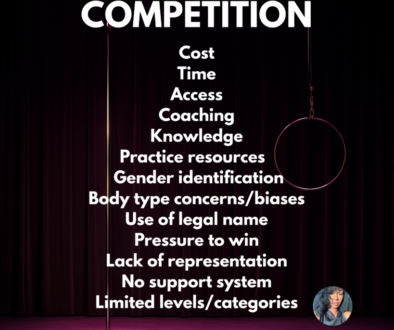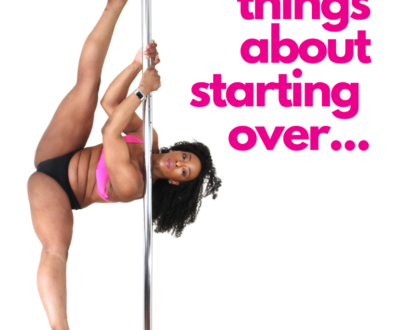Want More Flexibility?
Flexibility can seem like a fairytale, you know that Disney happy ending that only actually manifests for a select few. And then there’s the barrage of photos and videos we are faced with each day on social media that either leave us feeling hopeless or radically inspired. Either way, for many of us, there seems to be a dead zone between our current level of flex-A-bility and where we aspire to be, and we can only wonder how do you actually replicate those results for yourself?
While it may seem that your efforts go unanswered, it does exist and is attainable for anyone that wants it and works toward it methodically. If you feel like you’re severely lacking flexibility, have plateaued in your journey, a few inches short of a touch down, or even ready to break through to the next level then there is hope!
For anyone wanting to start their flexibility journey or improve upon their current practice, keep these 10 tips in mind.
- Start with an assessment. You need to assess before you start! Regardless of your level, experience, and current abilities, you want and NEED and assessment. This is your holy grail as it will give you a true picture of where you’re starting and what you actually need to be working on to reach your goal(s). You’ll likely discover more areas of tightness, muscle imbalances and synergistic dominance that you may have been unaware of. Most coaches will also provide you with personalized training recommendations to help you meet your goals based off of your assessment results.
- Follow a plan tailored towards your needs and goals. (This directly relates to point #1 why you need and assessment) There are a lot of great tutorials and resources out there (free and paid), but if you don’t know what your body actually needs then is like throwing darts in dark. You may be working on splits and hamming your hamstrings on the regular when its really your hip flexors or calves that are holding your progress hostage. I mean, do you go to the doctor and just take whatever prescription is offered without having them examine you and listen to your symptoms? I sure hope not! So even if you can’t afford regular private lessons or classes, at least with the assessment, you know which free resources will actually be of true benefit to you.
- Learn how to stretch. You don’t have to become an expert, although the more you learn the better you’ll do! However, you do want to know how to make the most of your efforts. Stretching isn’t just holding a position for a few seconds, if you’re doing it right, then there’s actually a handful of things like doing a proper warmup, using correct posture, and technique, controlling your breathing (If you want more info on this, email me and I’ll send you my best practices for stretching) that will make a huge difference in your efforts. There are also different types of stretching: passive, active, PNF, dynamic, isometric, static and ballistic. Knowing which to use when, where, how and what they do are key. You’ll also find that leveling and sequencing will affect your practice and results. A proper training plan will take these things into consideration and align them in a way that best for you.
- Invest in a few key tools. You don’t have to run out and buy every tool advertised to help with flexibility, but there are some key staples that are super handy to have: Yoga blocks, yoga strap, foam roller and a massage peanut.
- Set and follow a regular practice schedule. Part of training your body, means also training your mind and making your practice a regular habit. Put yourself on manageable practice schedule that you can maintain. This could be going to weekly classes, solo practice or even working with a coach. Your programmed practice should also include rest days.
- Track your progress. Be sure to measure the progress of your efforts. Some people utilize photo/video every training session, while this isn’t necessary, you do want to create a personalized schedule and routine for how you’ll monitor your progress. You can do photo and video comparisons or there are even apps that you can use to measure the change in angle. Also be sure to notate how you feel. Often highs and lows are attributed to other factors going on in our everyday life.
- Reassess regularly. Make it a plan to measure progress every 30-60 days. This will allow you to see what’s working for you and to adjust/reset goals as needed. If you’re working with a coach, they will likely set this for you.
- Be patient. Flexibility can happen, although it doesn’t happen overnight, in five minutes or fast. If you want to know more, then check out my article on Why You Can’t Get Flexible Fast. Understand, that it takes time, consistency along with a focused and methodical effort. You’ll have some great days where you feel like gumby mixed with days where you feel like uncooked spaghetti, stay the course and you will get there!
- Get a coach. This may be someone that you see weekly or just do monthly or quarterly check-ins with. Regardless though, a good coach will help you avoid mistakes and progress quicker and safer.
- Go to a doctor for injuries. If you’re injured please see a doctor. Sharing information online and asking for feedback can do more harm than good. Although, most have the best of intentions, it’s just another dart throwing scenario. Go to someone that is qualified to give you an exam and diagnose your injury. Then once you are officially release from whatever treatment or rehab is recommended you can seek out information on building strength and getting back to regular practice.




